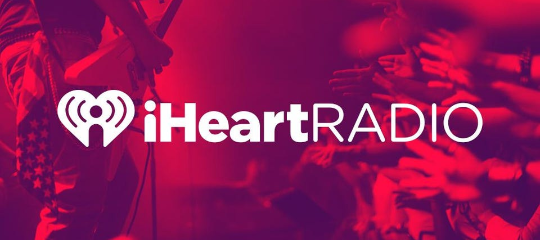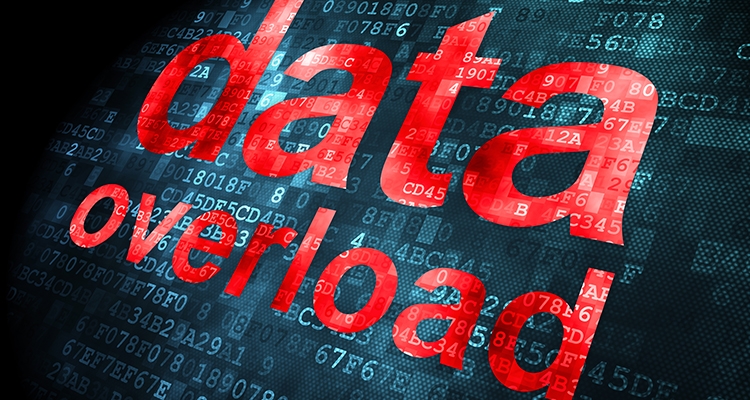
- Blog
- Jun 06, 2018
- By Jeff Keenan
Nowadays, radio advertisements can be analyzed just as easily as their digital counterparts. Measure Lift, Day Part Performance, and Time Decay of your radio ads. It’s time to pump up the volume!
Say Hello to Halo
The first terrestrial radio broadcast took place on Christmas Eve 1906. More than a hundred years later, radio ads are still indispensable for many advertising managers. And there is a good reason for that.
The enduring popularity of radio ads is largely due to their ability to affect our subconscious. In what is called the Halo-effect, listeners start to develop a subconscious preference for certain brands after hearing a spot.
As a result, consumers might act on a call-to-action that they wouldn’t have without hearing the radio spot, without specifically remembering if they heard it or not. Even if you asked thousands of people directly if they heard your radio commercial, it’s possible they would give wrong answers.
The Halo effect prevents radio attribution from being measured perfectly. There is a limit to how precise radio attribution can get. But that doesn’t mean it can’t improve your MROI greatly. When it comes to radio attribution:
It’s better to be approximately right, than to be precisely wrong.
Rather than emphatically stating “My radio ads resulted in 10 new clients…”, the results you will get from radio attribution analytics is more like, “I’ve been able to increase the impact of my radio ads over the last 8 weeks”.
Radio attribution is great to develop an understanding of increase in marketing effectiveness over time. It studies how things like “lift” and “web sessions per spot” on a given part of the day change over time, without getting too hung up on the precise numbers presented. As always, the trick is to gradually make changes and keep measuring performance to steadily improve marketing efforts as time goes on.
Three indispensable radio attribution analyses
When you’re thinking about getting started with radio attribution, consider running these three analyses.
Here is a rule of thumb.
First you would like to see if radio is working for you. This is where you measure Lift during a radio broadcast.
After that, it’s time to get a little more sophisticated. To find which timeframe during the day influences your audience the most, try tracking Day Part Segmentation.
To get a full picture of the impact of radio, make sure to get smart in measuring effectiveness within a certain time window. Make sure you try the Time Decay analysis to get the most accurate reading of the impact of radio possible.
#1. Lift analysis
When you perform a lift analysis, you measure the increased number of web sessions after your radio spot was broadcast.
For example, if 100 web sessions are attributed to individuals having heard your spot, and there were an additional 1,500 web sessions in that same day, “lift” would be 100/1,500 = 6.7%.
#2. Day Part Segmentation analysis
Radio ads are aired during chosen times of day, like 3pm to 7pm. It’s important to understand how broadcasting in various “day parts” affects your spot’s effectiveness.
A key metric to use in evaluating different day parts is “web sessions per spot”. This indicates the number of new web sessions attributed to potential listeners, for each ad that aired during a specific part of the day.
Of course, the higher the number of new sessions as a result of your radio spot, the better. When you get more web sessions per spot during a specific part of the day, increase your air time in that time bracket and reduce it in less effective brackets.
#3. Time Decay analysis
Radio attribution depends on a “response window”. This is the period of time between the beginning of a spot and the moment visitors enter your website. For example, if a spot begins at 2:30 in the afternoon, you might use a response window of 10 minutes, which indicates that visitors to your website from 2:30 – 2:40 should be attributed to having possibly heard the radio spot.
It’s important to have a selectable response window that isn’t pre-set at a fixed length of time. For commercials that air during drive-time, you might want a longer response window, maybe 30-45 minutes. This gives drivers a chance to reach their destination before getting online. In contrast, commercials airing in mid-afternoon could have a shorter response window, maybe 9 or 10 minutes, because listeners will likely be able to go online quickly after hearing your spot.
Your best choice for a response window depends on a decay analysis. This analysis shows how website traffic increases once a commercial airs, and at which point it returns to a “normal” state. The length of time that this takes can help you choose an appropriate response window.
Try radio attribution yourself
Getting started with radio attribution is easier than you might think. You can set up the technology in just seconds. Connect Google Analytics and your spot logs, and you’ll be able to run your first Lift and Decay analyses right after your radio spot aired. It’ll be music to your ears.





